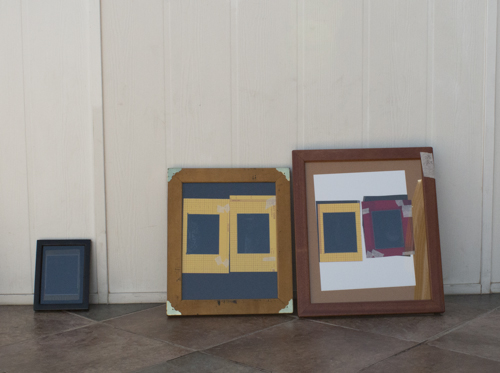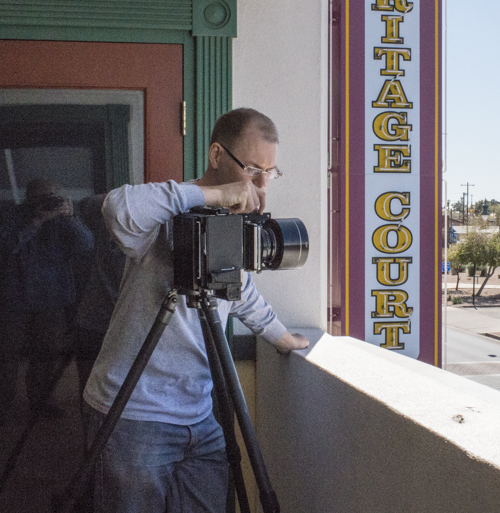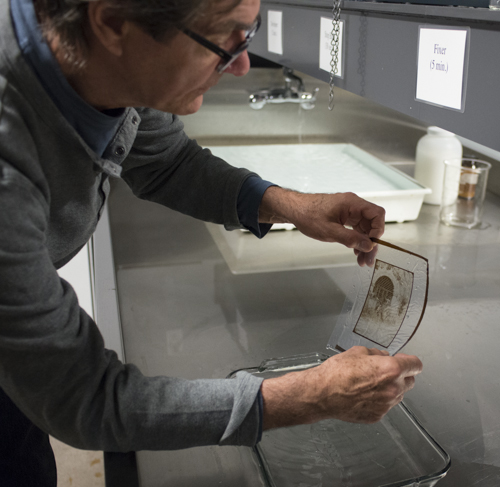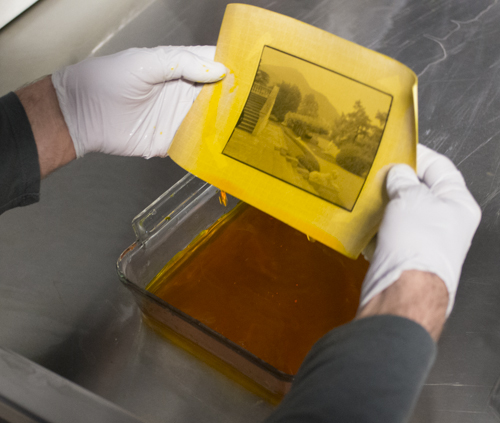This past Saturday and Sunday were filled with mixing, coating, exposing, clearing, and toning.
Amazing results and sometimes surprises along the way of creating images with Colloide-Chloride Printing out Paper, PoP, in a workshop led by Siegfried Rempel. Once a popular commercial method to create images, today we hand coat paper to bring this process back to life and make beautiful, crisp, warm toned images.
We broke into a verse of Love Potion Number 9; “mix it up right here in sink, smells like turpentine, and looks like india ink.”

The use of Collodion in photography for the production of photographic prints an be found as early as the 1850s. The concept of an “emulsion” of silver salts in a collodion binder was introduced by Gaudin in 1853 and by 1861 he was actively producing the “Photogene” collodion emulsion. The collodio-chloride print-out-process represents one of the last PoP processes popular in North America and Europe with commercial photographers from the 1880s until WW II.

The Collodio-Chloride emulsion is coated on paper and the resulting image, contact printed under bright daylight, remains in the collodion layer. The process requires exposure under bright daylight and the image darkens or “prints out” during exposure.

Chris made a 4″ x 5″ glass plate negative using the PoP coating.

The over-exposed image is then processed to stabilize the image and provide the final print image, hence the term print-out-paper.

The collodion held together under processing to allow photo transfer.

A little dichromate for bleaching.

Final toning bath for a PoP image with a “platinum” look.

This workshop is another in the series of alternative process photography learn and create workshops at Art Intersection. In the past one-and-a-half years we have offered these alt-process workshops and demonstrations.
- Cyanotype
- VanDyke
- Gum over Platinum
- Albumen
- Daguerreotype
- Salt Prints
Stay tuned on our website and emails for more learn and create in the darkroom workshops.






